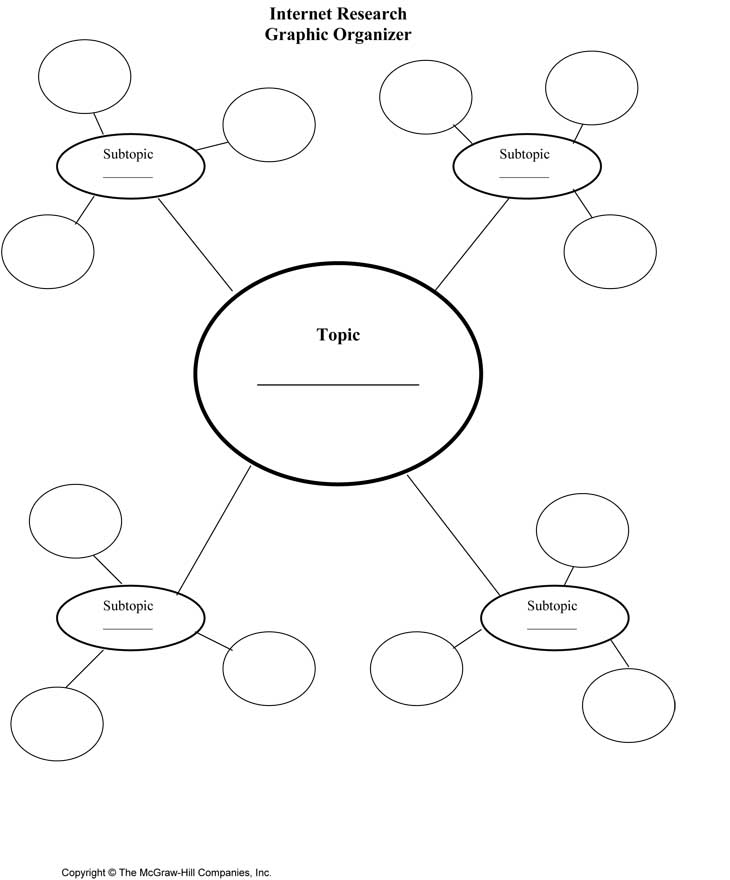In the past few months I have had two instances where I've had a
moment. These have not been
"senior" moments, and they weren't really
"ah-ha!" moments, either. They've been "teacher" moments: moments when I am out an about and I have a realization about my classroom, my students, my syllabus, or something else that has to do with me as a teacher--and if you're a teacher, too (and you likely are if you're reading this post), then you know exactly what I mean. And both of my realizations--my moments--had to do with
professionalism, one of our four tenants of
Excellence in Teaching here at MCC.
My first
moment was while I was opening a checking account at a bank in Chicago, and the account associate--a young man who couldn't have been more than a few years out of college--spoke to me as though we were frat buddies, even though I'd only just met him, and even though I was a female at least a decade his senior. He told me why he was having a bad day; he compared my credit score to other customers who lived in the surrounding area; and he gave me a run-down of the woman who'd come in before me and what banking issues she was having. I was, as you might imagine, taken aback. What, I asked myself, would this man say about
me to his coworkers or customers as soon as I walked out the door?
The second
moment was last weekend while I was at a big box electronics store in Crystal Lake, looking at televisions with my husband. The salesperson--a young woman who reminded me very much of our traditional aged college students here at MCC--was terrifically helpful and knowledgeable, answering all of our questions and anticipating our concerns about features, size, quality, and (of course), cost. But then, she brought over her manager to speak with us, and he treated us as though we were offensive, scoffing at our concerns, and treating us like children (stupid children at that). In fact, his lack of professionalism left such a bad taste in our mouths, we walked away without making a purchase and instead got a t.v. elsewhere.
And these two
moments almost immediately started me thinking: our students are working at stores like this, and they are trying to get jobs as account associates at large national banks. But am
I doing a good enough job teaching them skills to apply to their lives outside of the classroom, including professionalism?
There is much written about teaching and assessing professionalism in the field of medicine, but I could find little written about professionalism in other areas (although see the end of this post for some resources). Of course it's essential in the medical fields--our students will be dealing with patients in serious medical situations, and the need for care, privacy, and discretion is of the utmost importance.
But why do we--not just the "we" here at MCC, but the whole higher education "we"--not give more weight to teaching professionalism in other disciplines? Banking, like nursing or occupational therapy, is also a field that requires care, privacy, and discretion (though certainly in a very different way than medicine). Our money is no one's business but ours and our banker's, and I would certainly hope (though my experience might prove to the contrary) that my banker wasn't talking about
my business to other customers.
So, I will now start paying even more attention to professionalism in my classrooms. I will continue to try to be a role model of professional behavior--something we all can and already all do in our classrooms--but I will think beyond that. I'll try to create more real-world writing assignments to help students practice professional written communication. I currently have a project in my creative writing class that requires students to investigate a literary magazine to which they'll eventually submit their own work--but now I'll require that they write an actual cover letter to the editor as a part of their report. They need to understand that it is not just their grade in my class that's at stake.
Here are a handful of resources that you might find interesting or helpful:
Using Wikis to Teach Professionalism
Varga-Atkins, Tünde, Peter Dangerfield, and David Brigden. "Developing
Professionalism Through The Use Of Wikis: A Study With First-Year
Undergraduate Medical Students."
Medical Teacher 32.10 (2010): 824-829.
Academic Search Premier. Web. 29 Aug. 2013.
Using Critical Incident Technique (CIT) to Teach Professionalism:
Rademacher, Ruth, Deborah Simpson, and Karen Marcdante. "Critical Incidents As A Technique For Teaching Professionalism."
Medical Teacher 32.3 (2010): 244-249.
Academic Search Premier. Web. 29 Aug. 2013.
Using A Student Built Town to Teach...a Lot!
Hall, Candace. "LE[Superscript 3]AD Academy Builds Professionalism In Vocational Students."
Techniques: Connecting Education And Careers 87.7 (2012): 48-51.
ERIC. Web. 29 Aug. 2013.
And here's an interesting article about assessing professionalism in counseling.
What new methods of teaching and modeling professionalism might you use in your classrooms? Use the "Comments" section below to add your ideas!


































